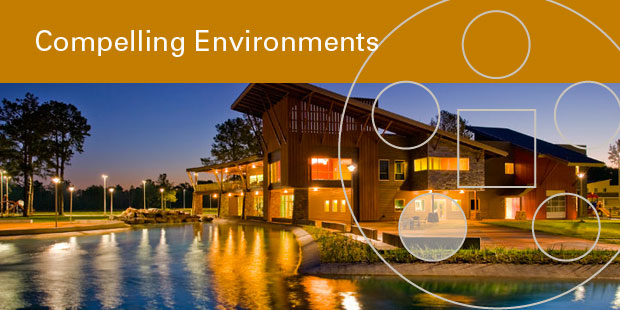
Compelling Environments
Having designed hundreds of strategies during the last decade, I find that there are three dominant environments that every local church is attempting to create: worship environments, connecting environments, and serving environments. Each one plays a significant role in transmitting and realizing the vision. Most important, amid a missional reorientation we must acknowledge that our environments have tended to be an end and not a means to Christian mission. The missional leader must constantly show that the church gathered is actually a time of preparation for “being the church” outside its walls.
First, you need to remember that before you think you are casting vision, you already are – by how you worship.
The pattern of weekly worship and Sabbath was embedded into the fabric of early church culture. Every church has some environment for worship. The question is, How does your vision integrate into your worship? What aspects of the vision are communicated during the worship experience? How do the elements and order of worship communicate values? How does the vision itself affect the design of the worship space? The vision of raw simplicity in a Quaker meetinghouse is a stark contrast to a large downtown stained-glass sanctuary.
Worship keeps our grandest visions God-centered and Jesus focused.
Second, everything must be integrated relationally.
What would church be without relationships? Every church draws people into some kind of setting where the “one anothers” of Scripture are applied. The groups may be tight-knit, gender accountability groups of three to six, or they may be thirty to forty people in an on-campus adult Bible Fellowship. Your Kingdom Concept and your Vision Frame reflect some basic unit of community through which relationships can form and thrive.
This makes the connecting environment, in most cases, the locus of both spiritual formation and vision discovery. Group members may hear about the vision in other church venues, but the rubber must meet the road in the most time-relationship-intensive environment. If they don’t get the vision in the connecting environment, the vision won’t stick.
Third, your church must learn to serve inside out.
Because God has given spiritual gifts for the edification of the body (Ephesians 4), the church is incomplete and immature unless individual members are serving one another. Every church has environments of service: leading in worship instructing children, or welcoming guests, to name a few. The Vision Frame should guide how the church builds its serving environments.
The missional mind-set pushes the envelope on how we think about service. Do we serve people only after we somehow convince them to come onto our holy environment, or do we push out into the community and demonstrate the love of Jesus in their midst. There has been growing emphasis on two dynamics related to service. One is a shared project with other community participants. Another dynamic is what Michael Frost and Alan Hirsch call “proximity spaces,” which they define as “places or events where Christians and not-yet Christians can interacts meaningfully with one another.”
The bottom line is this: we have to get out of our church boxes if we are going to effectively model the lifestyle of Jesus, who engaged and served people who were deeply embedded in their spaces.

Tags: Connect, Serve, Will Mancini, Worship












